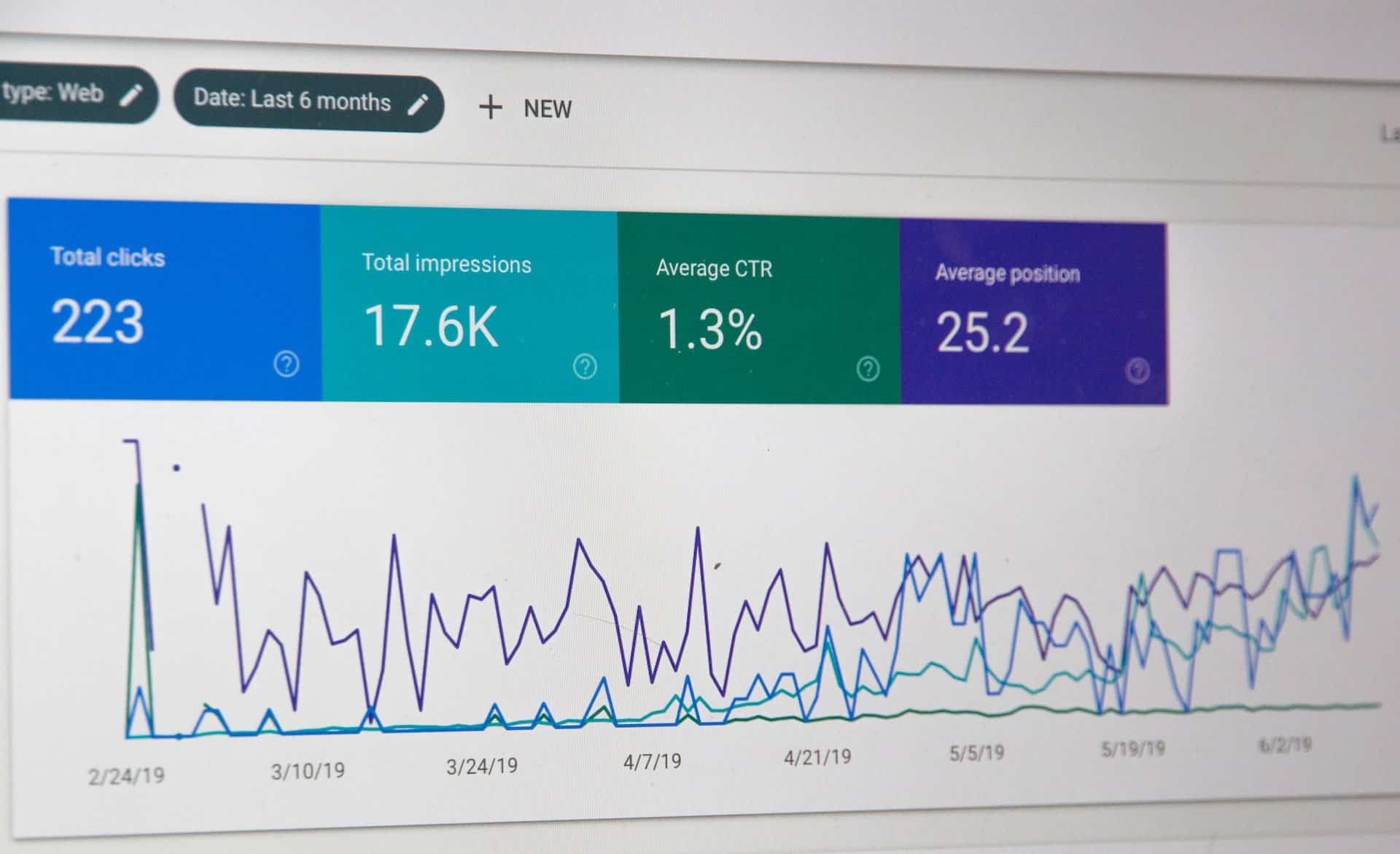This is where search engine optimization (SEO) comes in – by optimizing your church website for Google search results, you can increase your visibility and help potential visitors find your church.
If you’re not sure where to start or you’re looking to improve your church ranking, here are five ways to boost your church website SEO.
Step 1: Conduct Keyword Research
Keyword research is the process of finding the words and phrases that people search to find information online. By conducting keyword research, you can identify the phrases that are most relevant to your church and optimize your website accordingly. There are many tools available for conducting keyword research, including Google’s Keyword Planner and Ahrefs.
When conducting keyword research, you should focus on long-tail keywords. These are longer, more specific phrases that are easier to rank for and more likely to lead to conversions. For example, instead of targeting the keyword “church,” you might target a long-tail keyword like “family-friendly church in [your city].”
Identify a list of keywords that you want your church to rank for in order to reach people searching for churches.
Get a head start by checking out 50 Top Keywords for Church SEO.
Step 2: Optimize Your Website and Create Quality Content
Once you’ve identified your target keywords, it’s time to optimize your website content. This involves incorporating your target keywords into your website copy, headings, and meta descriptions. However, it’s important to avoid “keyword stuffing,” which is the practice of overusing keywords in an attempt to manipulate search engine rankings.
In addition to incorporating your target keywords, you should also focus on creating high-quality, informative content that will appeal to your target audience. Quality content could include blog posts, videos, or other types of content that provide value to your website visitors.
Consider what a visitor might look for when they land on your website. Within one click, they’ll want to know where you are located, when your services are, and what to expect as far as worship style, preaching, parking, childcare, and what to wear. Create content that makes it easy for them to visit your church.
Step 3: Build Backlinks
Backlinks are links from other websites to your own website. In the eyes of search engines, backlinks are a sign of a high-quality website. By building backlinks, you can improve your website’s authority and increase your visibility in search engine results pages.
There are many strategies for building backlinks, including guest blogging, participating in online forums, and reaching out to other website owners in your niche. However, it’s important to focus on building high-quality, relevant backlinks from reputable websites. Avoid using black hat SEO tactics like buying links or participating in link schemes, as these can harm your website’s reputation and lead to penalties from search engines.
Building backlinks is a time consuming process, and if you’re looking for help, reach out to us to explore see if we could take this off of your plate.
Step 4: Optimize Your Google Business Profile for Google Maps
If your church is located in a specific geographic area, it’s important to focus on local SEO. This involves optimizing your website for local search terms and building citations from local directories.
To optimize your website for local search, you should incorporate local keywords into your website content and meta descriptions. You should also create a Google Business Profile and optimize it with accurate information about your church, including your address, phone number, and hours of operation. Finally, ask congregation and staff members for reviews, which helps Google recommend you to more people.
These are all ranking factors that will help you move up the rankings for Google Maps.
We have a free checklist for your Google Business Profile.
In addition to optimizing your website for local search, you should also focus on building citations from local directories. These are online directories that list information about local businesses and organizations. By building citations from these directories, you can improve your website’s visibility in local search results.
You can use a tool like BrightLocal to update your listings and citations. Or get in touch with us, and we can take care of it.
Step 5: Monitor Your Results
Finally, it’s important to monitor your SEO results to see how your efforts are paying off. Use tools like Google Analytics and Google Search Console to track your website traffic and search engine rankings. This will help you identify areas where you can improve your SEO strategy and make data-driven decisions about how to optimize your website for search engines.
In addition to monitoring your SEO results, it’s also important to stay up-to-date on the latest SEO trends and best practices. SEO is a constantly evolving field, and what works today may not work tomorrow. By staying informed and adapting your strategy as needed, you can ensure that your church website remains visible and relevant in search engine results pages.
Search engine optimization is an important part of any church’s online presence. We’d love to keep you doing the ministry you’re called to, and we offer affordable SEO options for every church. Check out Local Church SEO to learn more.





